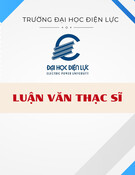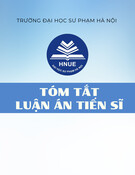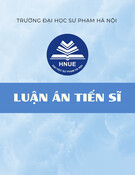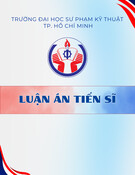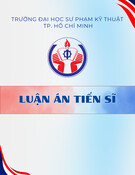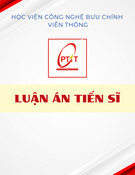
ii
Application of Ceramic Ultrafiltration/Reverse Osmosis Membranes and Enhanced
Membrane Bioreactor for the Reuse of Car Wash Wastewater
ACKNOWLEDGEMENTS
I am delighted to acknowledge those who have encouraged me and contributed in many ways
during my progress and towards the completion of this research.
Firstly, I would like to express my sincere gratitude to my Principal Supervisor Prof. Veeriah
Jegatheesan for his continuous guidance, assistance, and encouragements during this research.
I deeply appreciate his effort in providing me the opportunity to have this learning experience.
I would also like to show my generous appreciation to my Associate Supervisor Prof. Felicity
Roddick and Dr. Linhua Fan for their valuable suggestions and guidance throughout this
research.
I acknowledge the support I have received for my research through the provision of an
Australian Government Research Training Program Scholarship. I would like to express my
special thanks to Peg Gee Chang, Cameron Crombie, Sandro Longano, Mike Allan for
providing guidance and support in various ways to conduct my laboratory experiments. I want
to express my special thanks to Cameron Crombie, senior technical officer for his help for
making the membrane module which was the key element of my experiment.
I would also like to acknowledge Harish Ravishankar and Susanthi Liyanaarachchi who were
mentoring and providing support in various ways during my time at RMIT University. I am
also grateful to Li Shu, Shruti Sakarkar, Jamie Wills, Zubayeda Zahan and Nusrat Rezwana
Binte Razzak for their kind help during my research.
Above all, I would like to express my special thanks and appreciation to my husband
Mohammad Taufiqul Arif, my son Aayan Tausiq Arif, my parents and parents-in-law for their
patience, understanding, sacrifices and encouragements during this research.






